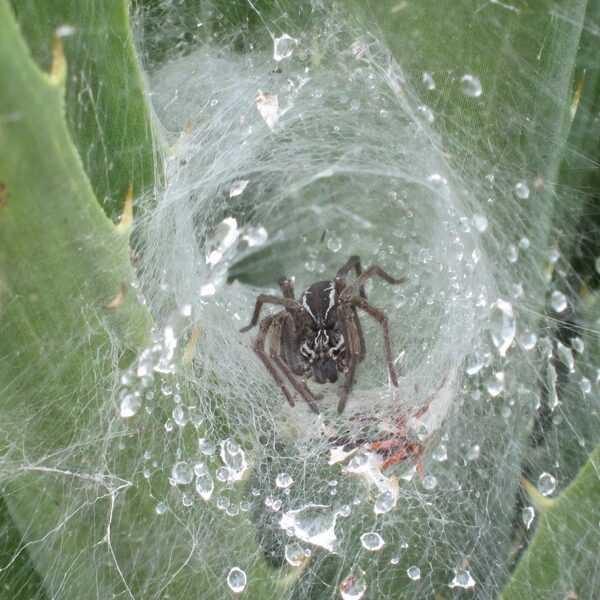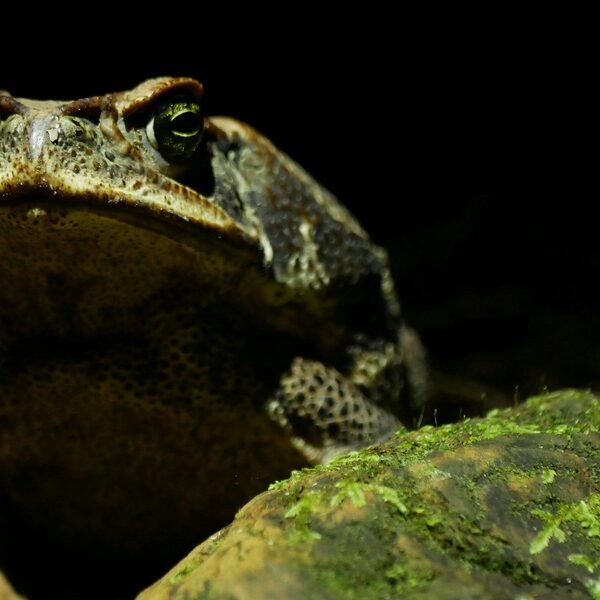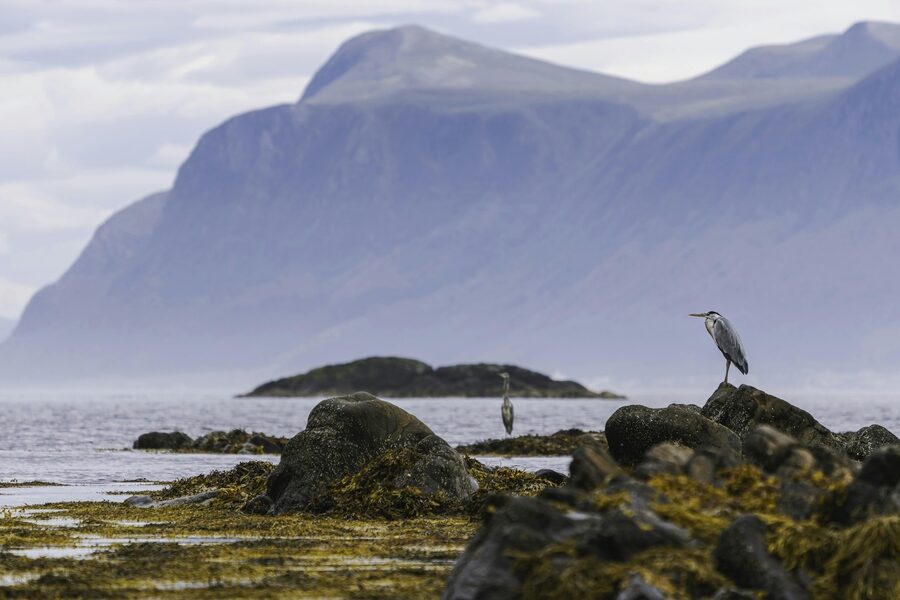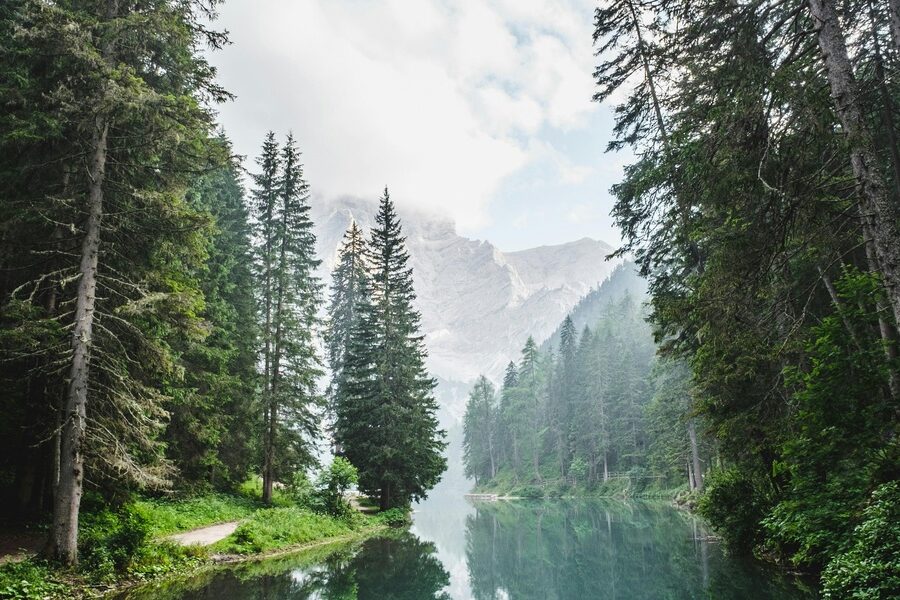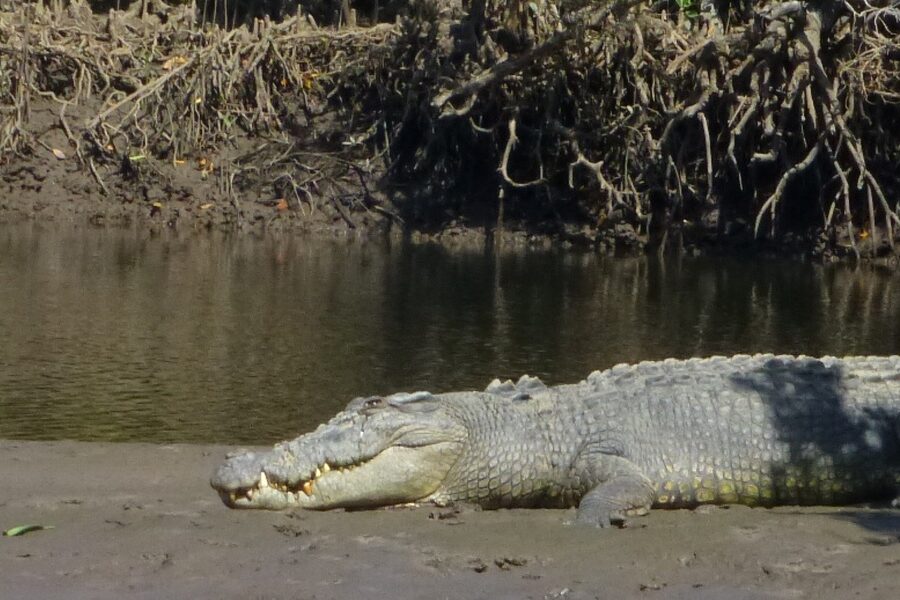Russia, a landmass spanning eleven time zones, boasts an unparalleled diversity of ecosystems, from the icy Arctic to vast taiga forests and sprawling steppes. This immense geographical and climatic variation has fostered the evolution of countless species, many of which have adapted to specific niches and are found nowhere else on the planet.
This list delves into Animals Only Found in Russia, showcasing exactly 13 unique creatures that call this country home. These range from the elusive Baikal Black Grayling, endemic to the world’s deepest lake, to the robust Wrangel Lemming of the Arctic islands, highlighting the incredible breadth of Russia’s endemic fauna. For each animal, you’ll find its Scientific Name, Primary Habitat, and Conservation Status detailed in the comprehensive list below.
Why does Russia have so many unique animal species?
Russia’s sheer size and geographical diversity are primary factors. Its vast and often isolated regions, including the Siberian wilderness, diverse mountain ranges, and unique bodies of water like Lake Baikal (a biodiversity hotspot in itself), create distinct ecological conditions. These conditions allow species to evolve in isolation from populations elsewhere, leading to endemism.
Are all endemic Russian animals endangered?
Not all, but many species found only in specific regions of Russia do face significant conservation challenges. Threats such as habitat degradation, climate change, and sometimes illegal poaching can put pressure on these unique populations. Their conservation status, which you’ll find detailed for each animal in the list, varies but often highlights the critical need for protection.
Animals Only Found in Russia
| Common Name | Scientific Name | Primary Habitat | Conservation Status |
|---|---|---|---|
| Baikal Seal | Pusa sibirica | Lake Baikal | Least Concern |
| Snow Sheep | Ovis nivicola | Mountain ranges of northeastern Siberia | Least Concern |
| Wrangel Lemming | Dicrostonyx vinogradovi | Wrangel Island, Arctic Ocean | Least Concern |
| Baikal Omul | Coregonus migratorius | Lake Baikal and its tributary rivers | Vulnerable |
| Big Baikal Oilfish | Comephorus baikalensis | Deep waters of Lake Baikal | Least Concern |
| Small Baikal Oilfish | Comephorus dybowskii | Deep waters of Lake Baikal | Least Concern |
| Kuznetsov’s Shrew | Sorex portenkoi | Chukchi Peninsula, Russian Far East | Least Concern |
| Mednov’s Lemming | Dicrostonyx medvedevi | Medny Island (Commander Islands), Russian Far East | Vulnerable |
| Baikal Black Grayling | Thymallus baicalensis | Lake Baikal and its surrounding rivers | Not Evaluated |
| Big-headed Baikal Sculpin | Batrachocottus baicalensis | Bottom of Lake Baikal | Least Concern |
| Lake Baikal Sand-Sculpin | Leocottus kesslerii | Sandy shallows of Lake Baikal | Least Concern |
| Baikal Yellowfin Sculpin | Cottocomephorus grewingkii | Open waters of Lake Baikal | Least Concern |
| Baikal Longfin Sculpin | Cottocomephorus inermis | Pelagic zone of Lake Baikal | Least Concern |
Images and Descriptions
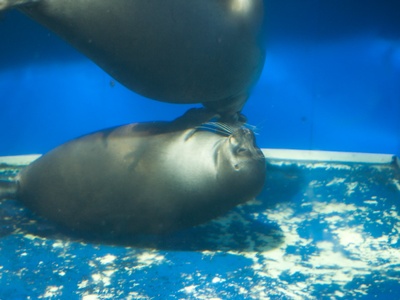
Baikal Seal
The world’s only exclusively freshwater seal, it is a living relic of the ancient connection between Lake Baikal and the Arctic Ocean. These charismatic mammals are a symbol of Baikal’s unique ecosystem.
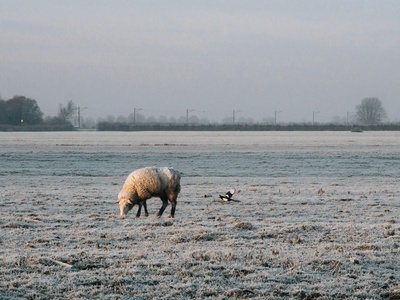
Snow Sheep
A hardy mountain sheep perfectly adapted to the harsh Siberian climate. Also known as the Siberian Bighorn Sheep, it navigates steep, rocky terrain with incredible agility in search of lichens and grasses.
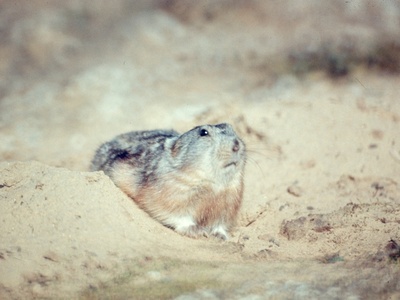
Wrangel Lemming
This small rodent is a true Arctic survivor, found only on the remote Wrangel Island. It’s known for turning pure white in the winter for camouflage and having unique, spade-like claws for digging through snow.

Baikal Omul
A species of whitefish famous as a local culinary delicacy. This fish is a cornerstone of the Baikal ecosystem, undertaking impressive migrations from the lake into rivers to spawn.

Big Baikal Oilfish
A bizarre, translucent fish living in the crushing depths of Lake Baikal. It lacks scales and a swim bladder, and its body is about 35% oil, allowing it to withstand immense pressure.
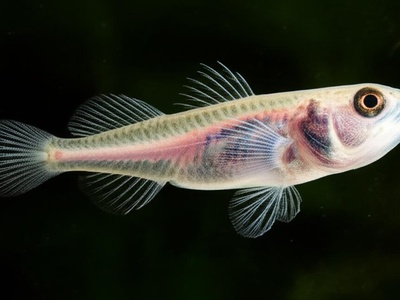
Small Baikal Oilfish
A smaller relative of the Big Baikal Oilfish, this species is also translucent and adapted to the deep. Unusually for fish, it is viviparous, meaning it gives birth to live young instead of laying eggs.
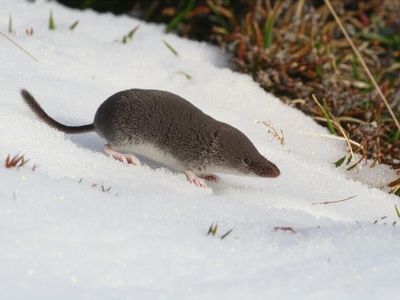
Kuznetsov’s Shrew
An elusive and tiny mammal endemic to the extreme northeastern tip of Siberia. Little is known about this hyperactive insectivore which survives the harsh Arctic conditions of the Chukchi Peninsula.
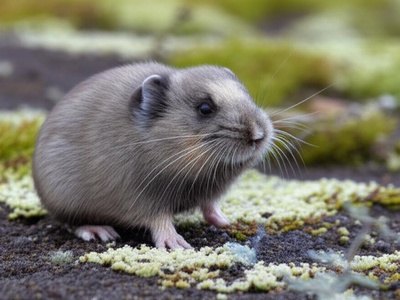
Mednov’s Lemming
An extremely rare collared lemming restricted to a single island in the Bering Sea. Its isolation makes it highly vulnerable to environmental changes and introduced predators on Medny Island.
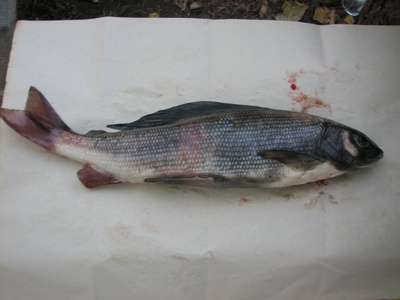
Baikal Black Grayling
A dark-colored, beautiful fish prized by anglers, distinguished by its large, sail-like dorsal fin. It is a key predator in the rivers that feed into the world’s largest freshwater lake.
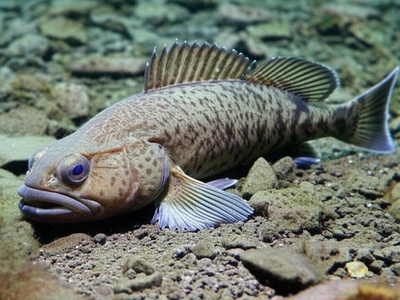
Big-headed Baikal Sculpin
One of over 30 species of sculpin fish found only in Lake Baikal. This bottom-dweller has a distinctly large, flattened head and plays an important role in the lake’s deep-water food web.
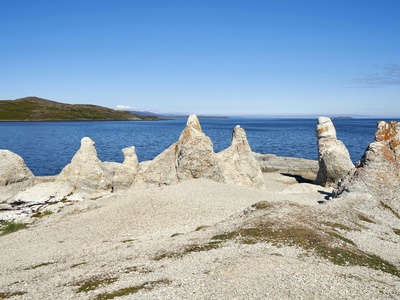
Lake Baikal Sand-Sculpin
Unlike its deep-water relatives, this small sculpin prefers the sandy coastal areas of Lake Baikal. Its coloration provides excellent camouflage against the lakebed as it hunts for small invertebrates.
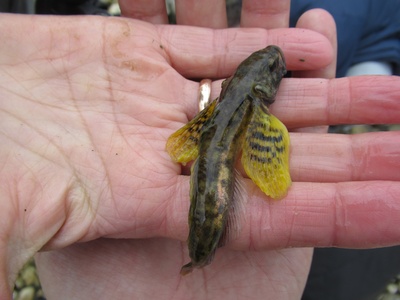
Baikal Yellowfin Sculpin
A pelagic sculpin that lives in the open water column, not on the bottom. It forms large schools and is a primary food source for the Baikal Seal, making it a vital link in the food chain.
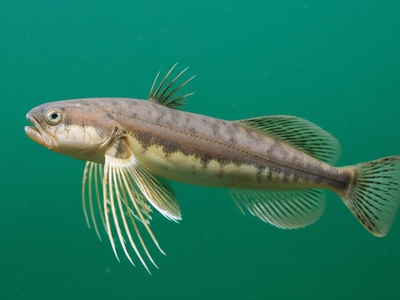
Baikal Longfin Sculpin
Similar to the Yellowfin Sculpin, this species also roams the open waters of Baikal. It is distinguished by its elongated pectoral fins, which help it “glide” through the water column.

